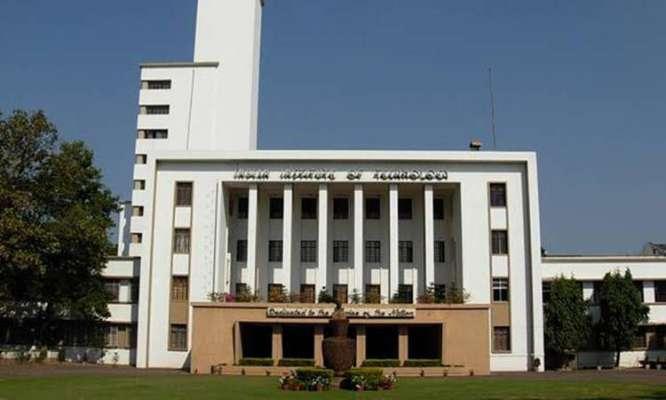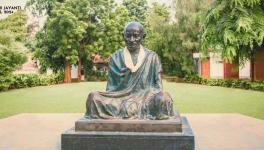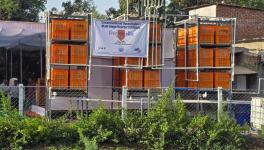IIT Kharagpur Researchers Find Iron Age Evidence in Gujarat

Image Courtesy: dailyhunt
Kolkata, Nov 22 (PTI) Researchers from IIT Kharagpur have found archaelogical evidence of a 3,000-year-old Iron Age settlement at Karim Shahi and a historic-to-medieval settlement at Vigakot near Thar desert.
While the archaelogical remains found at Karim Shahi region suggest existence of human habitation from Early Iron Age to Early Historic Age (3100-2300), evidence of Historic to Medieval times (1500-900) settlement was unearthed at Vigakot, an IIT Kharagpur statement said on Thursday.
The findings have been published online in the Elsevier journal, Archaeological Research in Asia.
Soon after the fall of the 5,200-3,300-year-old Indus Valley civilization, which is mainly attributed to declining monsoon and major droughts, the Iron Age civilisation came into being sometime around 3,000-2,500 years ago.
During the research over the past three years, the team found evidence of the Iron Age civilisation at Karim Shahi area of Thar Desert, a team member said.
The researchers also found traces of climate induced migration from the west to the east.
"Analysis of sediments and oxygen isotopes in fossil shells found in the areas indicated presence of active river system and some rainfall that probably sustained human habitation from the Early Iron Age to medieval times though major Harappan cities were abandoned by that time due to water deprivation," Professor Anindya Sarkar from IIT Kharagpur said.
Prof Sarkar led the research, funded by Infosys Foundation and IIT Kharagpur.
"It is long known that from Mature to Late Harappan period, the number of human settlements continuously increased from the West - Indus River valley -- to the Ghaggar-Hakra in the East.
"Our findings suggest that such human migration was far more expansive than ever thought before. We believe that the gradual southward shift.... forced people to migrate for greener pastures," he said.
The researchers also referred to the historical travelogue of Al Beruni of 1030 AD which mentioned about the presence of rivers in Kutch.
Apart from artefacts like pitcher, jars and bull figurines, numerous animal remains such as bones and teeth have also been recovered, the statement said quoting co-researcher Arati Despande Mukherjee from Deccan College PGRI, Pune.
"We employed radiocarbon and optically stimulated luminescence methods to date the pottery and charcoal findings," research collaborator Navin Juyal of Physical Research laboratory, Ahmedabad, was quoted as saying.
The findings also threw light on the articles used by people.
Professor Sarkar said, "At one place in Vigakot, we found a 1,100 year old Chinese Qingbai porcelain, probably manufactured in Guangdong province of south China, and Sgraffiato potteries of 10th century Persia suggesting that the place was a trade centre on the long-distance trade route between West Asia and China."
At Motichher, iron objects, nuggets and slags have been found.
A pertinent observation made in this research is that climate refugees took refuge where some rainfall was still available.
"United Nations framework convention on climate change warned about such 'climate refugees' due to impending climate change. If it could have happened in the past it will happen in future too," remarked Prof Sarkar.
Get the latest reports & analysis with people's perspective on Protests, movements & deep analytical videos, discussions of the current affairs in your Telegram app. Subscribe to NewsClick's Telegram channel & get Real-Time updates on stories, as they get published on our website.
























